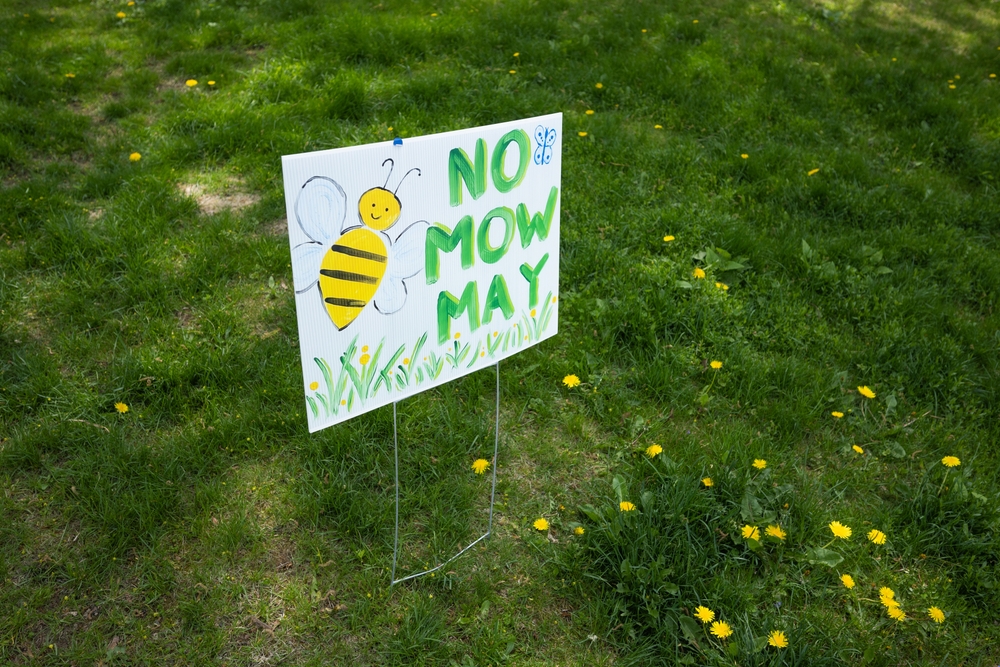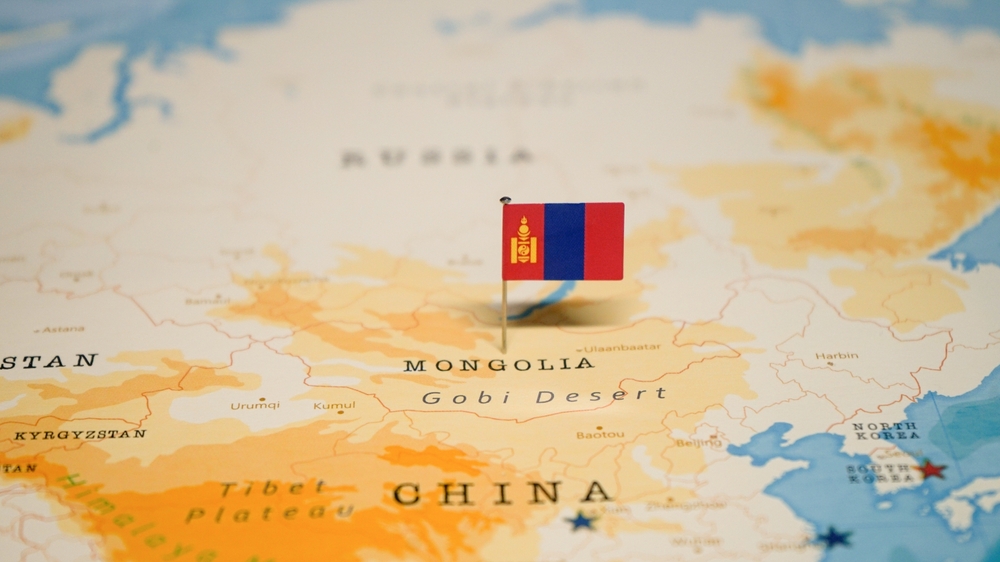Fernanda Giannasi is the personification of the fight against asbestos in Brazil. This passionate Brazilian of Italian descent only cares about one thing: the well-being of the workers who are forced to choose between money and their health.
Tijn Touber and Jurriaan Kamp | February 2003 issue
Ignoring the sandwich in front of her, Fernanda Giannasi flips on her laptop. The many PowerPoint presentations on file betray her years of experience. The photos speak for themselves: asbestos workers covered in dust, bare-chested lathe operators without masks, leaky pipes, little boys playing in deserted mines and factories. When Giannasi began her investigation of security measures in the asbestos industry for the Department of Health seventeen years ago, almost no one in Brazil realized the dangers of asbestos: ‘Even the biggest Brazilian producers had never kept any medical files. Officially there were no asbestos-related casualties. The whole problem was invisible.’
While asbestos has been banned in many countries, in Brazil not only are the toxic white fibres still in use, they are still being mined on a large scale. Asbestos production began under the military junta in the 1970s, when it was being banned in the West. At 200 million kilos per year, Brazil is now the fifth largest producer in the world. But unlike Canada, for example, which exports 98% of its asbestos, 70% of Brazilian asbestos is used on the national market. Of those 70 – 90% goes to the building industry. Over half the production is controlled by two companies, Saint Gobain (French) and Eternit (Swiss), both of whom would face charges if they were to take their Brazilian operations home.
Fernanda Giannasi: ‘The big boom was in the 70s, when there was large-scale construction of cheap housing made from un-isolated asbestos. It’s insane, especially if you realize that the material is unsuitable for Brazil’s hot and humid climate. It’s even worse in the North, where there’s a lot of poverty. The fibres begin to disintegrate after five years. Moreover, until a few years ago at least 90% of all houses had asbestos rooftop water tanks, and 60% of all houses are still fitted with asbestos tiles. Asbestos is also widely used in the car industry, for roofing and isolation purposes, for pots and pans, even for children’s toys!’
Giannasi continues her passionate monologue: ‘Research has shown that there are unusually high cancer rates in high-exposure areas, such as places with leaky pipelines or broken water tanks. It’s an established fact that breathing asbestos can cause lung disease and cancer. Yet Carlos William Ferrerira [redactie: Ferreira? — PB], senior executive to Brasilit, a major asbestos company, still says there is no cause for alarm!’ The fact that the company had its Brazilian asbestos mine environmentally certified (ISO XXXXX) by the Norwegian company DNV in 1998 would seem to indicate that it was at least a little alarmed. A remarkable move, considering no other asbestos mine in the world has such a certificate.
When Giannasi came across her first cases of asbestos poisoning the workers were reluctant to take on their employers. ‘They were scared to death of losing their jobs. It wasn’t until a number of companies had shut down that they came to us. All of them were very ill. Nobody had ever told them that asbestos was dangerous. If it was brought up at all, they were told “it was safe because it’s white.”‘ She rolls her eyes and raises her fists: ‘Can you believe it!’ Today, wherever she goes Giannasi imposes strict security measures, including industrial masks, exhaust and climate control installations and launderettes, to prevent the workers from carrying the asbestos particles home with them. If necessary she personally shuts down an operation. She resolutely points at a picture: ‘I closed that factory.’ Needless to say, all of this hasn’t increased her popularity with the asbestos industry.
But her work has earned her international acclaim. Her great dedication and expertise lay at the basis of an international conference on asbestos in São Paulo in 1994. One result was the Ban Asbestos Network, which put Giannasi in touch with still more workers, all of them ill. ‘We used to go to funerals, where we would meet other victims. In 1995, to join forces we founded Abrea, a network that has at least a thousand members today. Three hundred of those people have already filed complaints against Eternit.’
Eternit sued her for bringing its operations in discredit. ‘I had compared them to the mafia. The pressure grew, not just from Brazil, but also from Canada, the biggest asbestos exporter in the world. I received several death threats.’ Yet there was no way to get rid of her, and her picture finally made the cover of the popular Brazilian magazine Epoca, which has a circulation of 500,000 copies. The magazine compared her to the famous US activist Erin Brockovic, whose life story has been made into a successful Hollywood movie. She was later awarded the International Prize for Environmental Occupational Health by the American Association of Public Health in Chicago.
Giannasi was cleared of all charges relating to her mafia comments, and with renewed vigor she took it on herself to convince the workers not to give in to the outrageous buyoffs offered by the asbestos mafia to its sick ex-employees: ‘Enormous pressure was put on the workers to sign contracts to the effect that they would refrain from taking legal action against their companies, in exchange for a sum of 5,000 to 15,000 reals [2,000 to 5,500 euros, eds.] and lifelong medical aid. They were being used in the lobby to keep the asbestos industry alive. There was even a clause in the contracts that if the industry ever were to be banned from Brazil altogether, any claims to either financial compensation or medical aid would expire!’ Giannasi waves a bunch of reports around. ‘Even though these people are terribly ill, many of the symptoms do not become apparent until years later. Brazil now has 2,500 official cases of asbestos poisoning. Often these involve rare and extremely aggressive, incurable tumours.’
Her attempt to ban asbestos by federal law in Brazil failed in 1993. She changed tactics and began fighting for local bans in the cities and states instead. At the moment there are 70 bills for a ban on Brazilian asbestos being discussed. As for Giannasi, someone is always fighting her in court somewhere. When she finally managed to get the hazardous mineral banned in four states, one of the companies complained it was being discriminated against, since asbestos is legal in the rest of Brazil. It would have to fire 400 employees. The judge allowed the appeal, and Giannasi had to start all over again. ‘The industry always manages to find some other loophole. Their crimes are either ignored or trivialized. Saint Gobain hides behind the argument that they were unaware of the dangers at the time. Now they claim the factories are totally safe, they just “happen” to shut them down because there’s no more international demand for asbestos. Whatever!’
She has to leave; another presentation. As she puts her papers away she concludes angrily: ‘These people should be tried and punished. It’s just too serious. There should be a fair hearing, like Nuremberg or The Hague, with judges appointed by the United Nations.’ And off she goes, her laptop and bulky documents tucked under her arms. Unbeaten, brimming with energy, and determined to leave no stone unturned in her efforts to protect the Brazilian workers and their fellow citizens against people who say a white substance can never be harmful.











